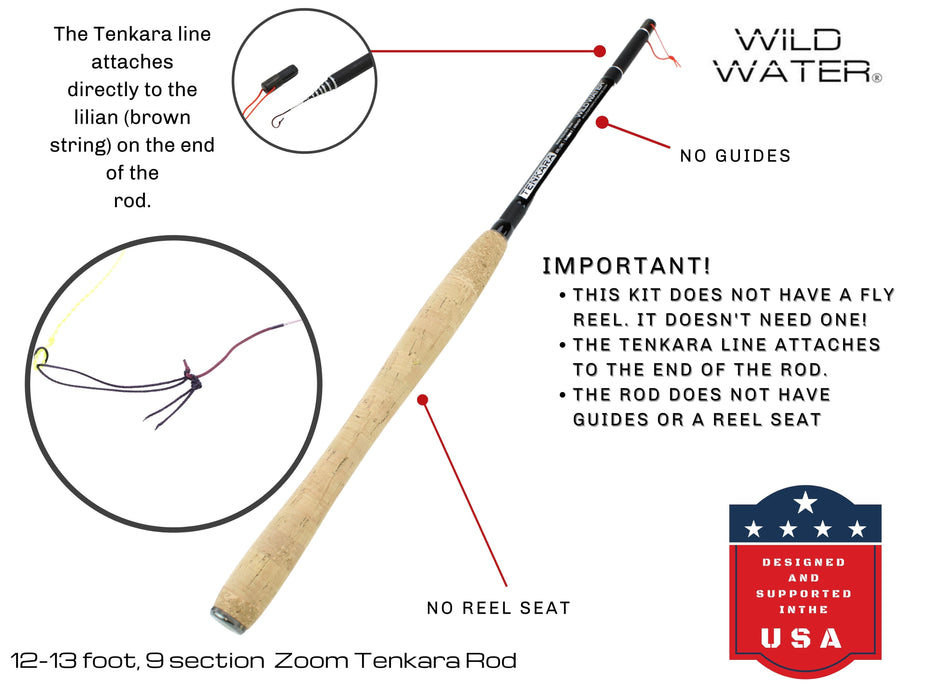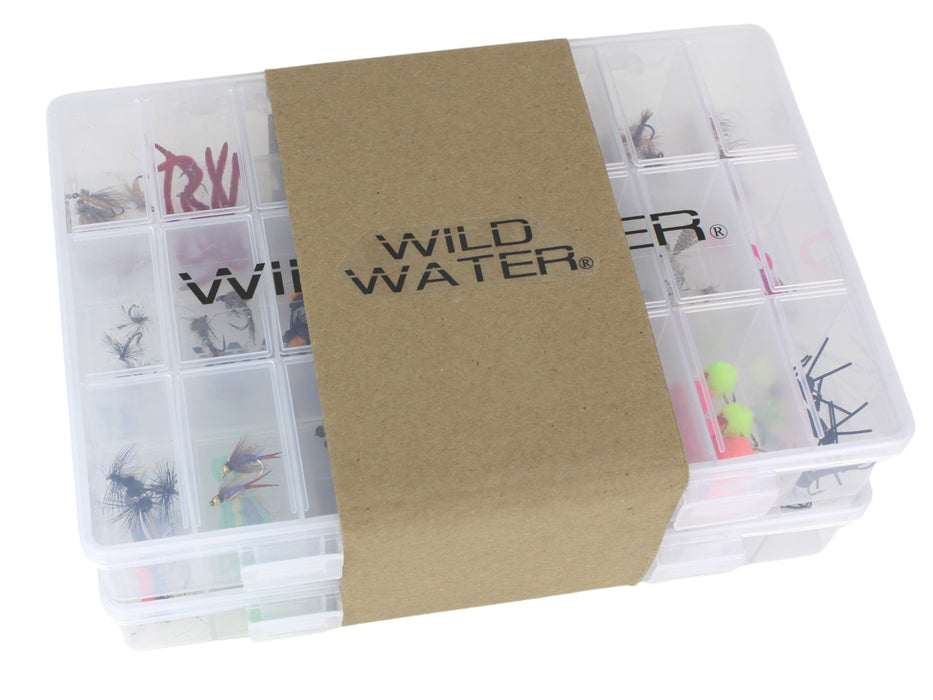In fly fishing, there are always going to be challenges you have to overcome. Whether it’s withstanding extreme weather or losing a trophy fish, life as a fly angler will test your patience. One of the most common challenges fly anglers face is getting snagged.
Underwater snags and fly fishing go hand-in-hand. The casting and fishing methods lend themselves towards getting caught on many things besides fish.
There are a few ways to avoid these underwater snags and here are some tips to help you on your next adventure.
Know the Water
Understanding the water you are fishing is going to pay off in a variety of ways, but it’s especially helpful in avoiding snags. Before you begin casting, take a look at the vegetation and any structure in the water. Does it seem like there are quite a few rocks? Or are there submerged trees that will catch your flies?
The larger structure is likely where many of the fish are holding. If you’re fishing a deeper pool, assume that there is structure near the bottom. Don’t let your nymph or streamer hit the bottom until you have a feel for the depths you can fish without snagging.
Check your slack
As a fly angler, you have to pay attention to multiple things at once. Beginners often find themselves overwhelmed and lose track of what is most important: the position of the fly. If your fly isn’t in a place where the fish will eat, the other things you do won’t matter.
To avoid snagging on a rock or a tree, do your best to let your fly lead the charge. If your fly line is pulling everything downstream, your leader, tippet and fly all have a chance of getting snagged. The more you can mend upstream and let your fly lead the way, the less of a chance you have of getting snagged.
You can control the fly much more if there is less slack. Plus, slack will be the first thing the fish will see as it enters the seam, pocket or pool.
What happens if I do snag?
You have a few options as a fly angler if you do find yourself snagged. The first thing to remember is to not jerk your rod. If you do this, you have a chance of snapping the rod and you’re out much more than a $2 fly.
Roll Cast
While you’re snagged, the current is pressing the fly up against whatever object you’re stuck on. As a result, you need to be able to pull the fly upstream without pulling too heavily on the leader and tippet.
To roll cast, start with your rod tip low and pull 10 or so feet of line from your reel. Once this is done, raise the rod tip high around your ear. Quickly drop the tip and point it at the snagged fly. The action should look like you’re chopping something with a blade.
A loop will form and relieve the fly from the downstream pressure. As the loop heads toward the fly, raise the rod like you’re setting the hook and it should pop free.
Change your position
Upstream/Downstream
Continually pulling on your fly will likely lodge it deeper into wherever it is stuck. If possible, walk past where your fly is snagged and try to free it. As you’re moving upstream or downstream, lightly pull on it from a variety of angles. Sometimes all the fly needs is tension from a new position.
Other Side
Another option is to cross to the other side of the stream. This technique works very well if you can cross the water safely.
Proximity
If you’re wearing waders or willing to get a bit wet, you can walk through the water towards your fly. Depending on the depths, wading may not be too difficult. You’ll blow the hole, but if the fly is working, it’s better to save it and continue to work your way down or upstream.
Let the Water Do the Work
It’s not uncommon for the fly to free itself if it has some room to work. Let quite a bit of your fly line drift down river and see if it will pull the fly free. You can reel in slowly and manipulate it as you see fit. This takes the most time, but it will not spook the fish.




























































